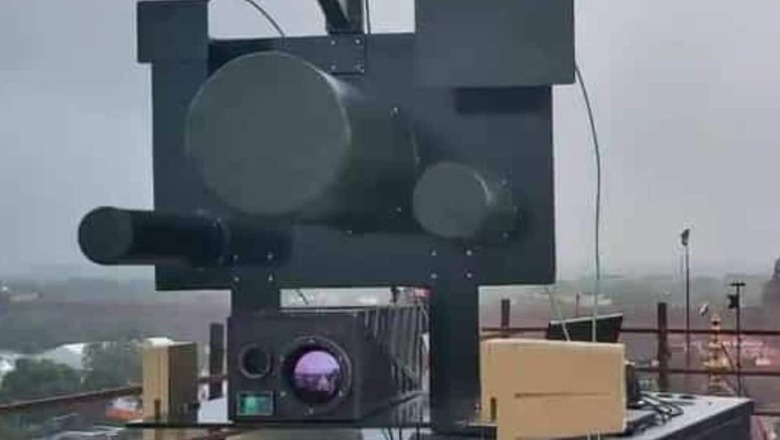
views
Low-flying drones and false alarms are the new focus areas for India’s anti-drone technology developers as they come up with systems to detect and destroy China-made drones flying in from Pakistan.
Sources said indigenous anti-drone technology developers, including the Defence Research and Development Organisation (DRDO), are working with particular focus on these two problem areas. Sources added that the DRDO’s Drone Detect, Deter and Destroy system (D4S), the most advanced anti-drone system, is also under evaluation by all three armed forces.
A Border Security Force (BSF) analysis of the flight path of a drone that recently entered Indian air space showed it was manufactured in Shanghai and had entered Punjab from Pakistan. The flight path shows it had flown over several areas of Pakistan before entering India via Punjab border.
Sources said the technology can help at the India-Pakistan border, but the need of the hour is to focus on false alarms. The system must have the ability to clearly differentiate between unmanned aerial vehicles and other objects like birds. The system has been used in New Delhi on high-alert occasions like Independence Day celebrations.
“The focus area is to detect low-flying drones that can hide easily. The system can easily tackle high-flying drones. With the technology of ‘soft’ or ‘hard’ kill, it can destroy any type of drone of any size. But during the review process, it was found that the system must detect drones flying at lower altitudes,” an official associated with the project told News18.
Once these drones enter Indian territory, they lower their altitude to a few meters above the ground to take advantage of the vegetation and night cover to escape detection by security forces.
Sources said DRDO’s D4S is likely to be inducted and deployed at the borders in the next few months. This would be a single-point solution for all types of kills for the security forces, the official said on condition of anonymity.
Issues in the Current System
The BSF, which, along with Punjab Police, detects and deals with drones coming from across the border, has been facing problems in the existing system. The current system has limited range and can perform limited functions. It is also struggling with false alarms and low-level flying drones coming from Pakistan, a source in Punjab Police said.
According to data available, the BSF has successfully detected and captured 22 drones and seized 316.988 kg of heroin, 67 weapons and 850 rounds. It also killed two Pakistani intruders and apprehended 23 Pakistan nationals in 2022. Punjab remains the most vulnerable and busiest route for smugglers to funnel guns, ammunition and drugs into India.
Read all the Latest India News here



















Comments
0 comment